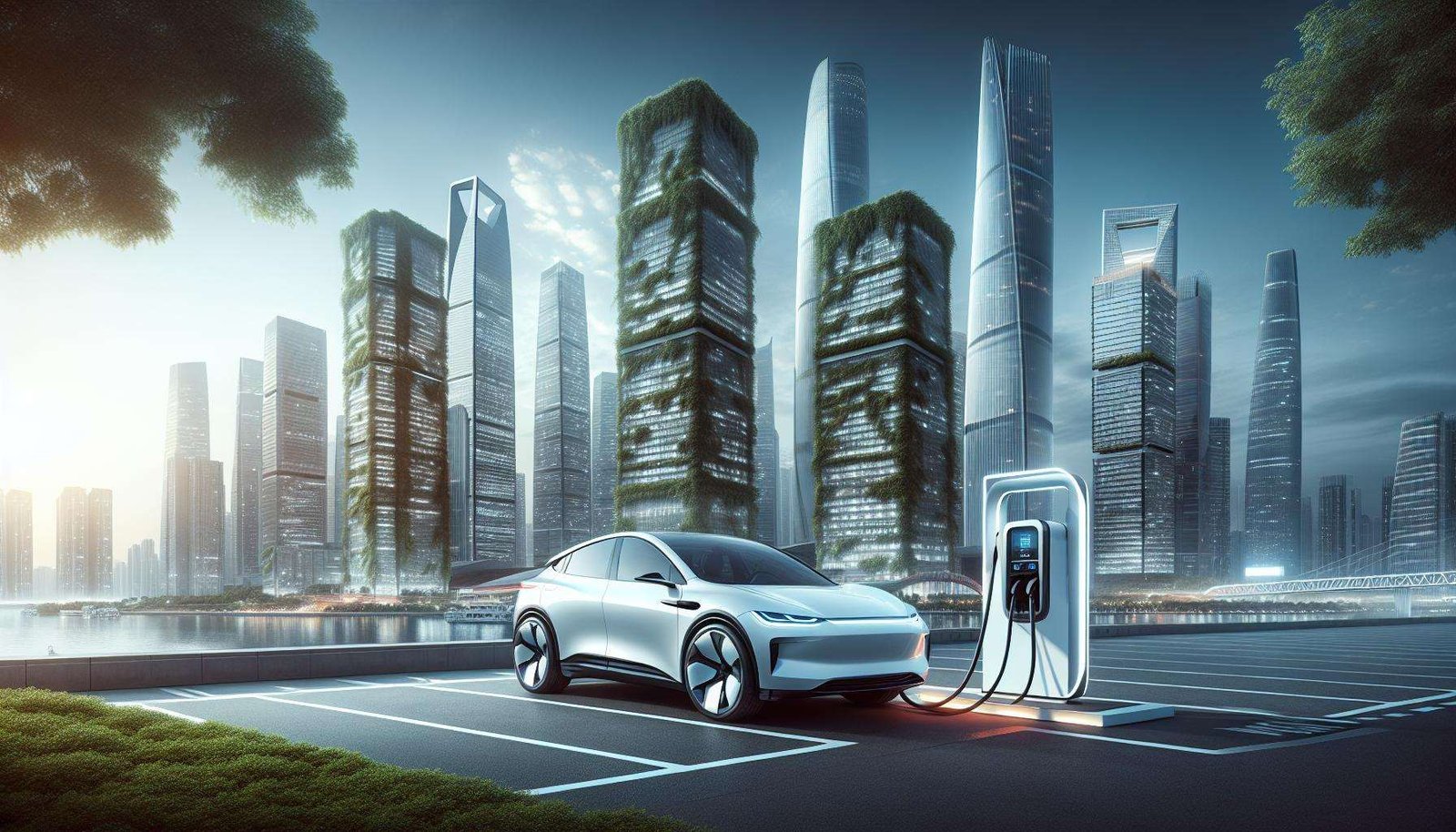
China is on the fast track to becoming a leader in green innovation, with electric vehicle (EV) sales soaring by an impressive 50% in the past year. This rapid expansion in the electric car market marks a significant step beyond the reliance on coal and oil, promising a more sustainable future. As the world watches China’s efforts to reduce carbon emissions and combat climate change, the implications extend far beyond its borders, offering lessons and insights for countries worldwide.
China’s Electric Vehicle Boom
In recent years, China has established itself as a dominant force in the global electric car market. This year alone, sales of electric vehicles in China surged by 50% compared to the previous year, according to data from the China Association of Automobile Manufacturers. This growth underscores China’s determination to shift away from fossil fuels and promote cleaner energy alternatives.
The Chinese government has thrown its weight behind the electric vehicle industry with substantial subsidies, tax incentives, and investments in charging infrastructure. These efforts have made EVs more accessible to consumers and encouraged manufacturers to ramp up production. Major Chinese companies such as BYD and NIO have been at the forefront of this transformation, producing electric cars that are not only popular domestically but are also gaining traction in international markets.
Why Electric Cars Matter for the Environment
Electric vehicles are heralded as a vital solution to curb greenhouse gas emissions, a leading cause of climate change. Traditional vehicles run on fossil fuels like gasoline and diesel, releasing harmful carbon dioxide (CO2) into the atmosphere. In contrast, electric cars produce zero emissions when running, depending on how the electricity they use is generated. For every standard gasoline vehicle replaced by an electric one, approximately 4.6 metric tons of CO2 can be reduced each year, making a significant dent in overall emissions.
It’s not just about emissions, though. A transition to electric vehicles can help reduce air pollution, improve public health, and decrease dependency on oil—a non-renewable resource. Cleaner air leads to reduced cases of respiratory diseases and cuts down on healthcare costs. The shift also aligns with global efforts to meet the goals of the Paris Agreement, aimed at mitigating climate change impacts.
Technological Innovations Driving the Electric Revolution
The rise in China’s electric car sales is closely linked to advancements in battery technology. Batteries are the heart of electric cars, and innovations in this field have made them more efficient, affordable, and capable of longer ranges. Lithium-ion batteries, which power most electric vehicles, have seen improvements in energy density, meaning they can store more power without increasing weight or size. This has enabled electric cars to travel farther on a single charge, alleviating range anxiety for consumers.
Another exciting development is the focus on alternative battery materials, such as solid-state batteries, which promise even greater efficiency and safety. Solid-state batteries replace the liquid electrolyte found in lithium-ion batteries with a solid one, potentially leading to faster charging times and longer lifespans for electric vehicles.
China’s Road to a Greener Future
China’s commitment to electric vehicles is part of a broader strategy to achieve carbon neutrality by 2060. Moving beyond peak coal and oil means investing in renewable energy sources like solar and wind power. China has already established itself as a global leader in solar panel manufacturing and wind energy installations, efforts that complement their electric vehicle initiatives.
Moreover, China is focusing on developing smart grids and energy storage systems, essential components in managing the variable nature of renewable energy. This approach ensures that clean energy is not only generated but efficiently utilized, reducing wastage and optimizing the energy supply to meet demand.
Global Implications and Lessons
China’s progress on electric vehicles and renewable energy offers valuable lessons for other countries. By integrating policies that support clean energy transition, nations can address environmental challenges while fostering economic growth. For the United States and the United Kingdom, which have set ambitious targets to cut emissions, China’s model can serve as an example of how government intervention and industry collaboration can drive change.
Additionally, as the electric vehicle market grows, international cooperation on technology standardization and sustainable supply chains becomes vital. Sharing best practices and innovations can help accelerate the global shift toward cleaner transportation.
Challenges and Opportunities
While the trends are promising, challenges remain. The production of electric vehicles requires several minerals, such as lithium, cobalt, and nickel, which pose environmental and ethical concerns in their extraction and supply. Diversifying supply chains and investing in recycling and alternative materials are critical steps to ensure the sustainability of the electric vehicle industry.
At the same time, education and consumer awareness play a role in the adoption of electric vehicles. Addressing misconceptions about the performance and practicality of EVs, and showcasing their long-term cost benefits, can encourage more people to make the switch.
The Road Ahead
The surge in China’s electric car sales is not merely a local phenomenon; it symbolizes a significant shift towards a sustainable global future. As countries strive to combat climate change and transition away from fossil fuels, the lessons learned from China’s experience will be invaluable. By embracing new technologies and fostering international collaboration, the path beyond peak coal and oil is not just possible but essential for a healthier planet.
As we move forward, the challenge lies in balancing rapid technological advancement with environmental stewardship, ensuring that the journey to sustainability is both inclusive and equitable. Through continuous innovation and shared commitment, a cleaner, more sustainable future is within reach.
The post China’s Electric Car Revolution: A 50% Surge Leading Beyond Coal and Oil appeared first on Green.org.














